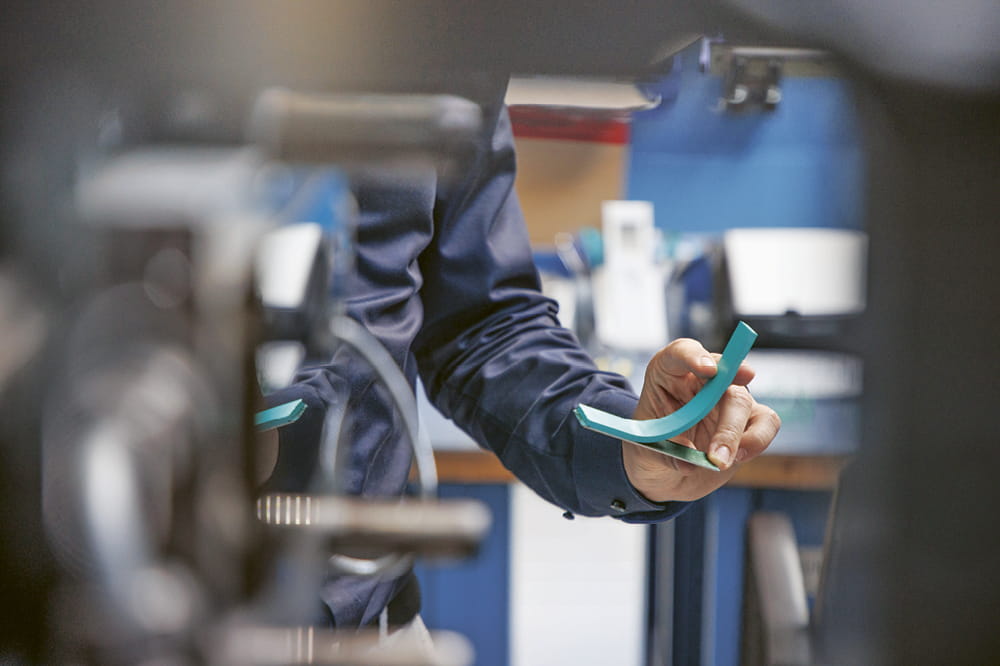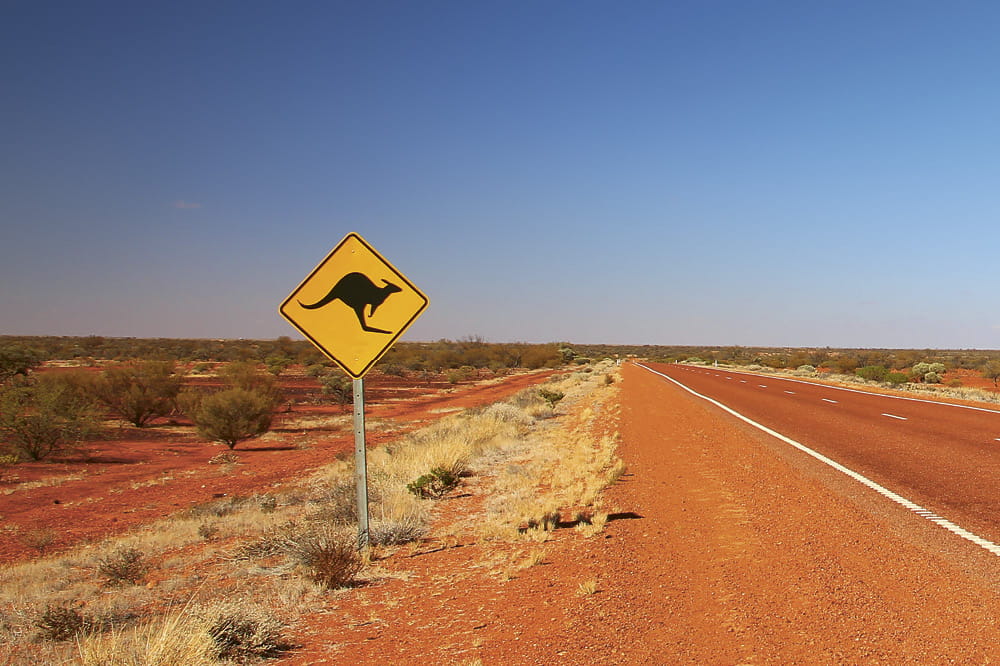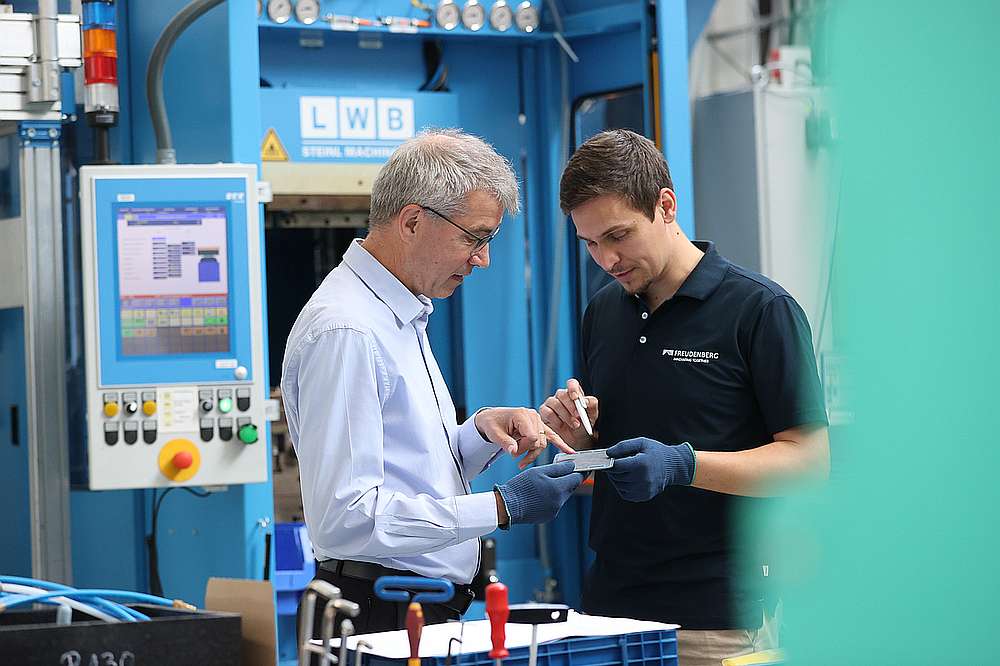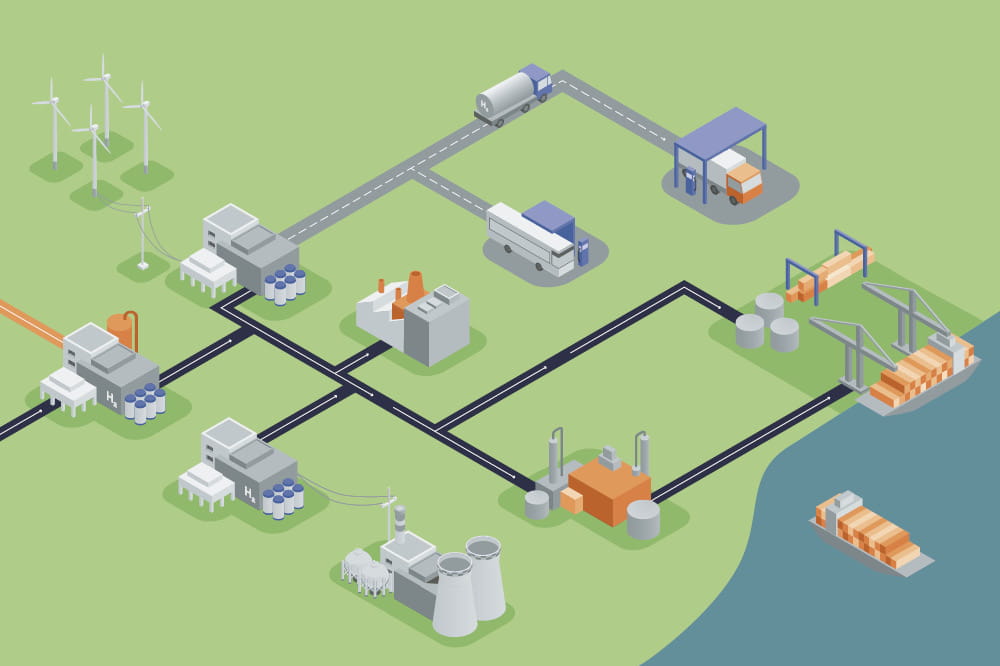Obtain news and background information about sealing technology, get in touch with innovative products – subscribe to the free e-mail newsletter.
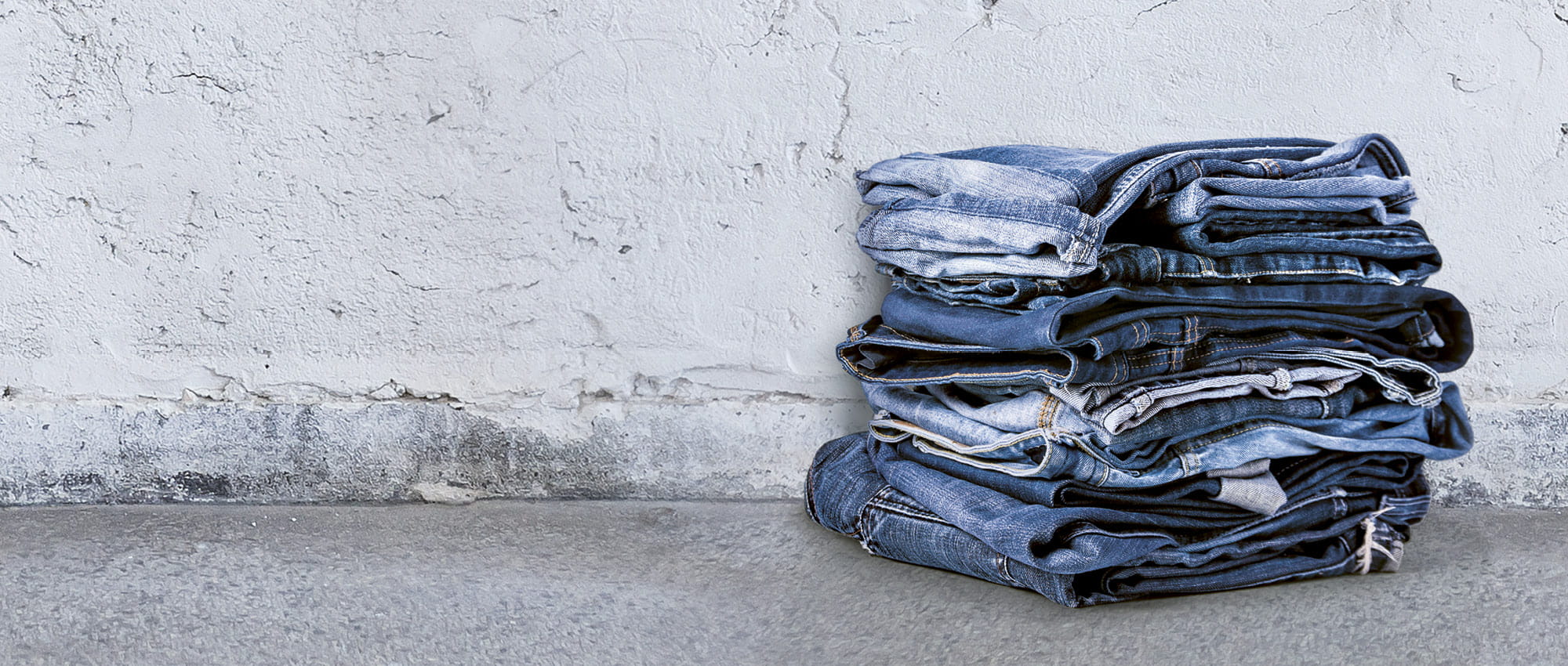
19.03.2021 | Story
Made in…?
If you want to visualize globalization, you only have to look at what you’re wearing. The vast majority of shirts, blouses, T-shirts, trousers and shoes have to pass through many countries and even more hands. This can be shown with a single example.
Jeans are a truly global product. Strictly speaking, this was true back when they were invented during the 19th century. They began their triumphant march in California, where gold miners put their faith in this tremendously robust trouser material. Textile dealer Levi Strauss, who had emigrated from Germany, was increasingly successful at selling the material. The rivet-reinforced seams and pockets, which give jeans their present look, were added later. That idea came from a tailor who had come from Russia and was working with Strauss. The city of Genoa, or more precisely its French form, Gênes, is thought to have lent its name to the trousers. A robust material had been developed there in the Middle Ages and was reportedly dyed a shade of blue typical of jeans. Weavers in Nîmes, France, embraced the material and created the standard fabric, so it’s no surprise that the term jeans denim has its origin in the place names Gênes and Nîmes. Jeans have become one of the world’s most popular clothing items. Producers in many different countries work together to make them, though the various jeans labels naturally turn to entirely different suppliers, weavers and stitchers. Germany’s Friedrich Ebert Foundation has identified eight countries that participate in the production of this fashion mainstay. In its example, starting with the cotton fields of Kazakhstan, producers on three continents play a role in making jeans like those hanging or lying in nearly everyone’s closet.
A Global Journey in the Name of Jeans

Kazakhstan – Cotton
About 225 pairs of jeans can be produced from a standard bale of cotton (about 218–225 kilograms, or 480–496 pounds). That means a pair of jeans contains up to a kilogram (2.2 pounds) of cotton.
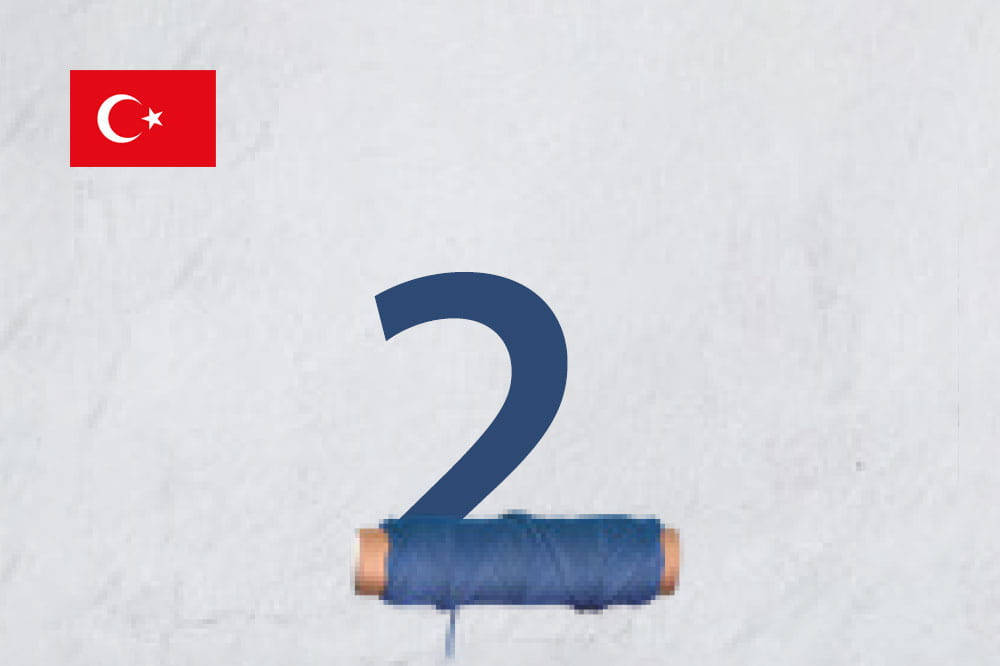
Turkey – Spinning
Cotton threads several centimeters (roughly a couple inches) long are processed into cotton yarn in spinning mills.
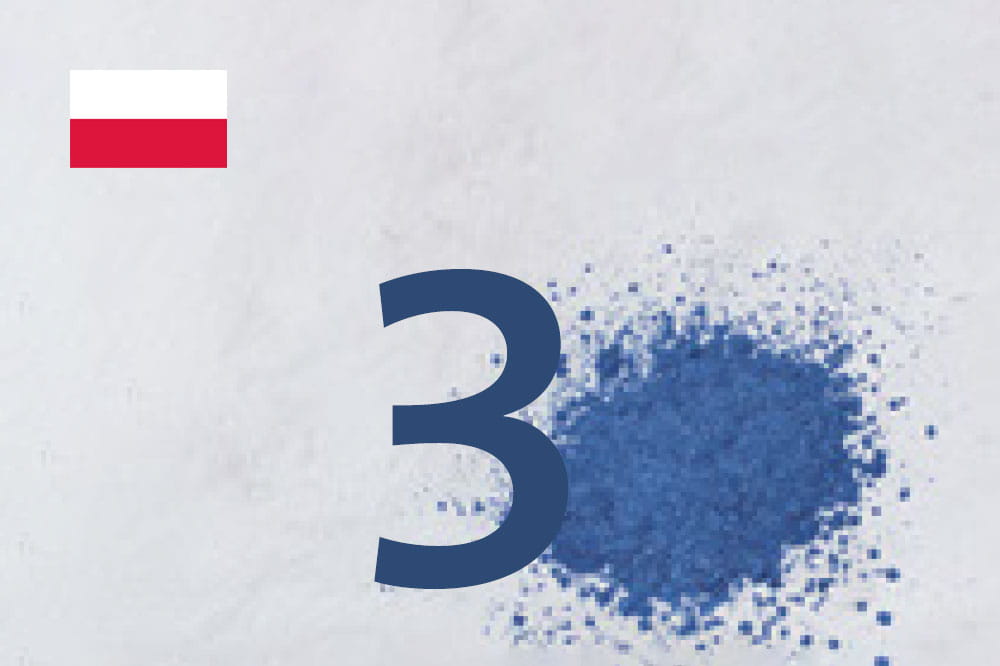
Poland – Indigo
The blue dye was once made from plants. Today, it is manufactured synthetically. Anywhere from 3 to 12 grams (roughly 0.1 to 0.4 ounces) is considered sufficient to dye a pair of jeans.
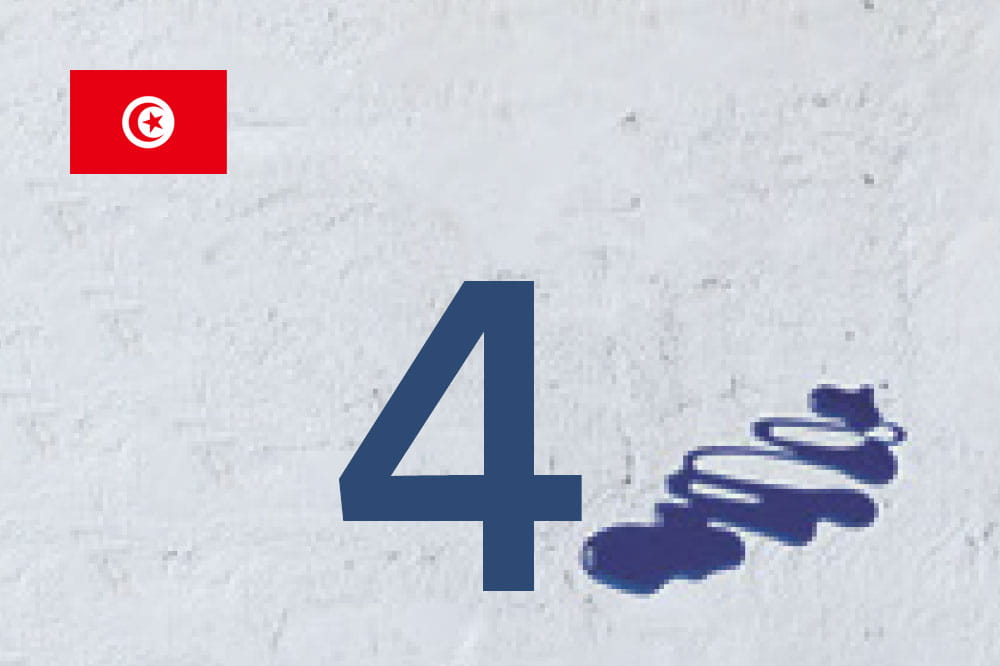
Tunisia – Dyeing
Only the weft threads are dyed during the jeans production process. The warp threads run at a 90-degree angle to them and remain white. This gives jeans their typical appearance.
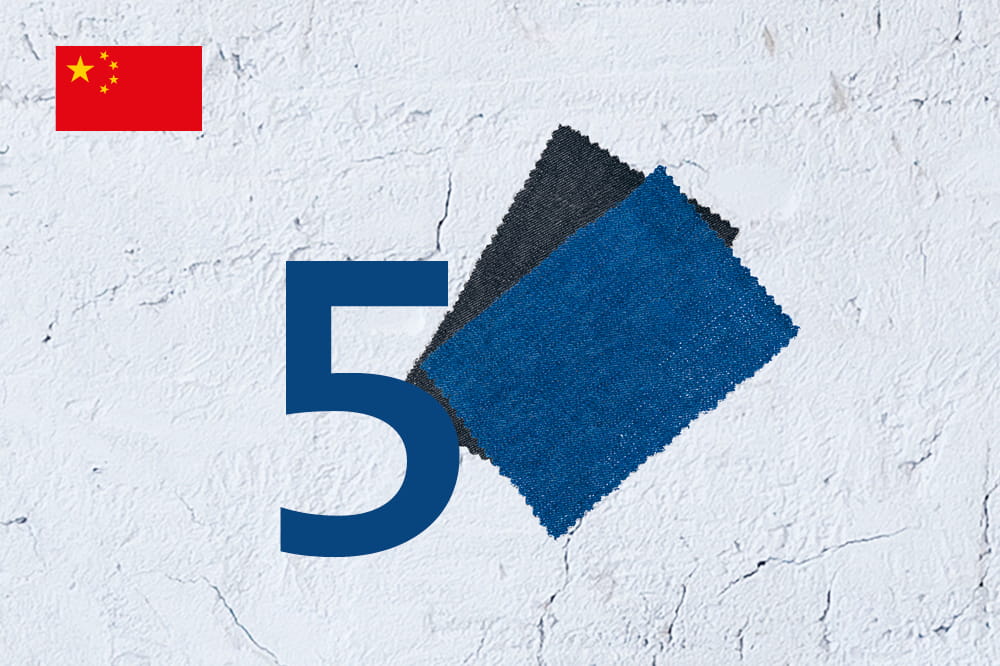
China – Weaving
During weaving, the weft thread runs across several warp threads and then passes under one of them, alternating frequently.
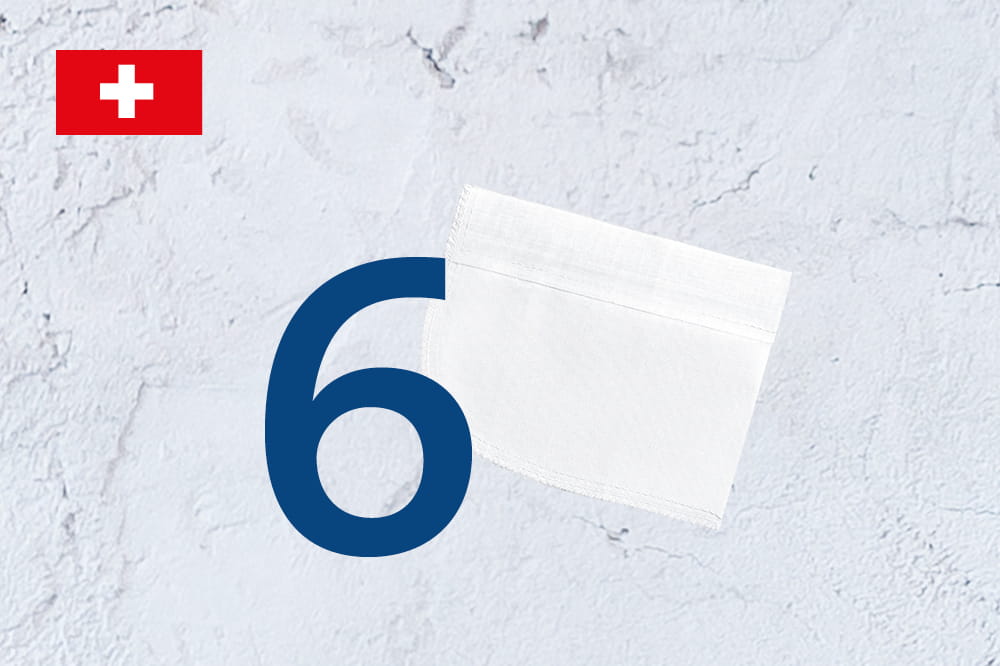
Switzerland – Lining
On average, about 37.5 grams (about 3.1 ounces) of lining are needed for the front pockets of a pair of jeans.
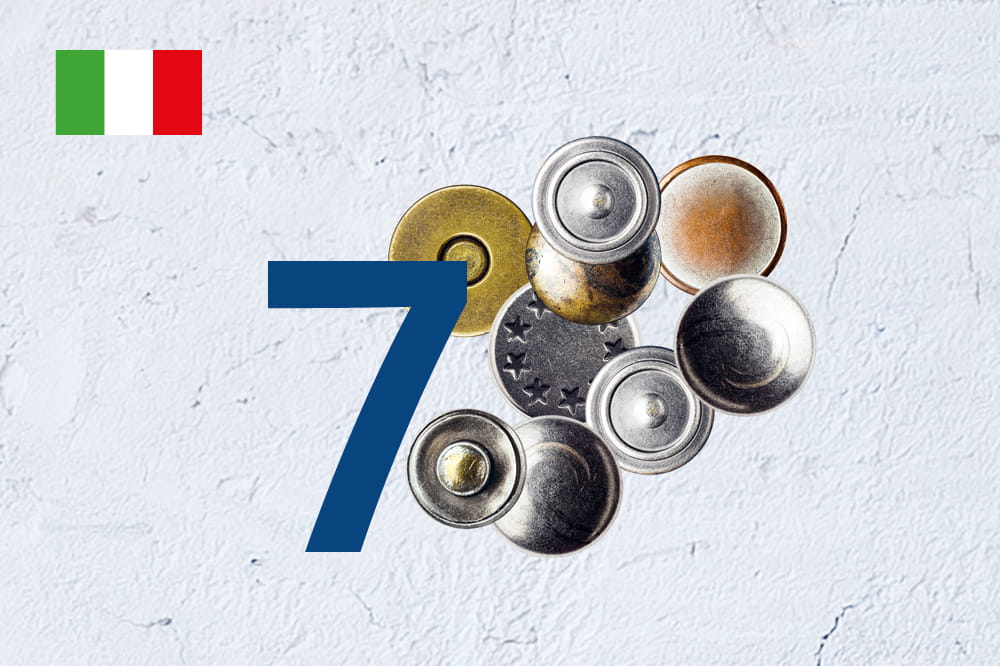
Italy – Buttons/Rivets
A classic pair of jeans has up to 3.6 grams (0.13 ounces) of rivets and 14 grams (0.5 ounces) of buttons.
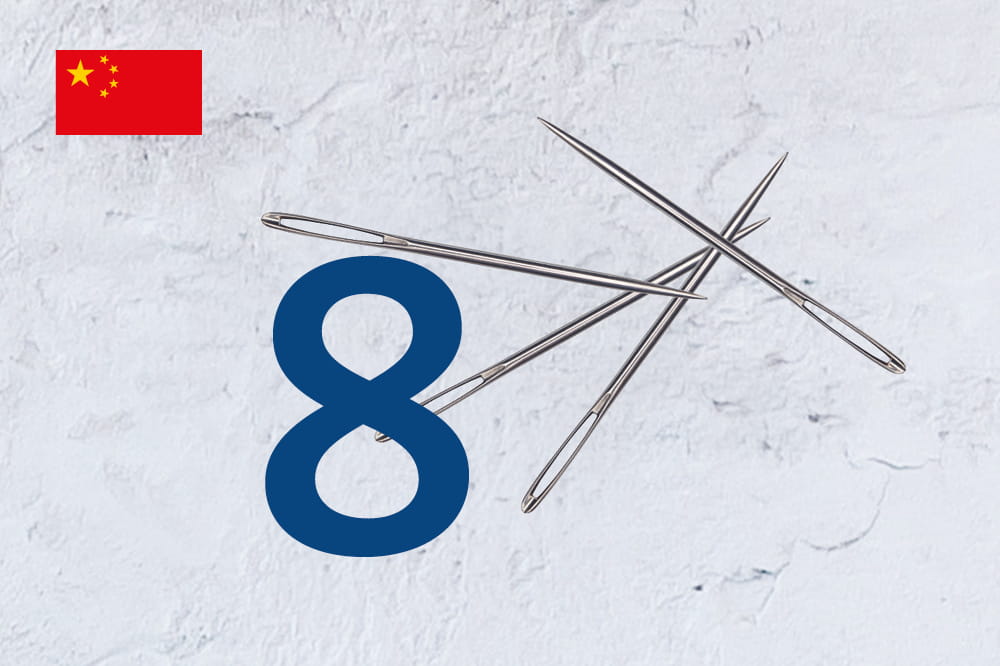
China – Sewing
Different seamstresses specialize in belt loops, pockets or pant legs which speeds up production.

France – Washing
To give jeans a stone-washed look, the garments are washed in washing machines filled with pumice (from Greece, among other countries) before they are sold.
This infographic comes from our company magazine ESSENTIAL, where we regularly report on trends and key themes from our target industries and markets.
More news on the subject Sustainability

Join Us!
Experience Freudenberg Sealing Technologies, its products and service offerings in text and videos, network with colleagues and stakeholders, and make valuable business contacts.
Connect on LinkedIn! open_in_new
